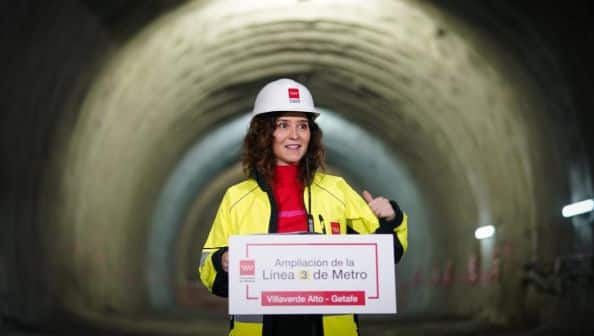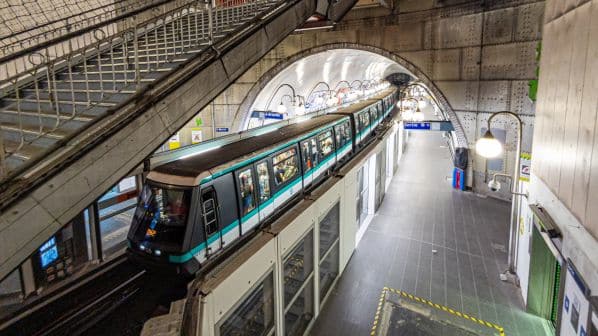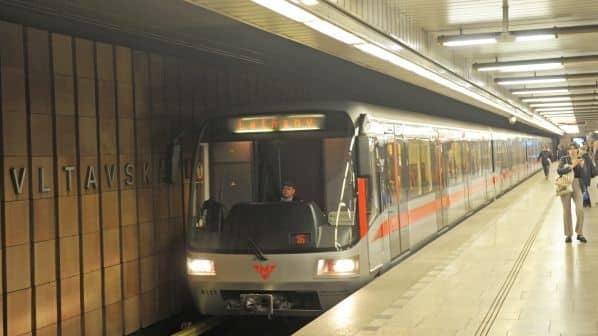THE president of the Madrid regional government, Ms Isabel Díaz Ayuso, has announced that Madrid Metro’s new strategic plan will include the introduction of automatic train operation (ATO) on lines 6 and 8.
According to Díaz Ayuso, ATO will enable headways to be cut to 2 minutes while saving energy through more uniform rates of acceleration and braking, increasing operational flexibility and cutting journey times.
“This is the future and the future has arrived in Madrid,” she says.
ATO will enable five times the number of services to be operated on Line 6. Madrid Metro will be able to bring trains into service immediately to respond to peaks in demand, cutting waiting times for passengers and increasing the number of passengers carried per hour.
The first line to be converted to ATO will be the 23km circular Line 6 that serves 28 stations. It is the busiest on the Madrid Metro network and carried 110 million passengers in 2023, an average of 618,000 every working day.
“Because of its strategic importance we think it is the ideal candidate to start the change towards automatic train operation,” Díaz Ayuso says.
Following its introduction on Line 6, ATO will also be installed on Line 8 that runs from Nuevos Ministerios in the city centre to Barajas Airport.
Alongside major infrastructure projects, Madrid Metro is also undertaking what it says is the largest fleet renewal programme in the company’s history, with 80 new trains due to be delivered between 2026 and 2029.
Half of the new fleet will be small-profile to run on Line 1, while the remainder will be built to Madrid Metro’s large-profile loading gauge for lines 6, 8 and 11. They will include passive provision for ATO.
For detailed data on European metro projects, subscribe to IRJ Pro.




